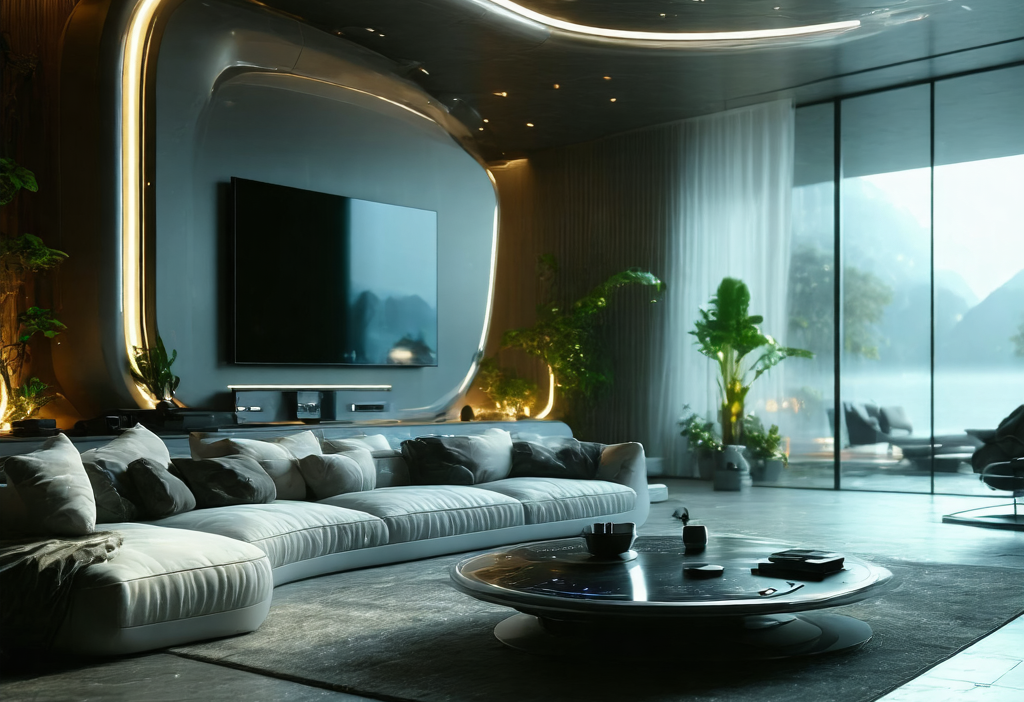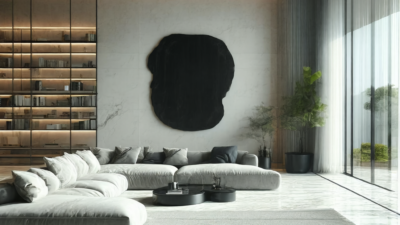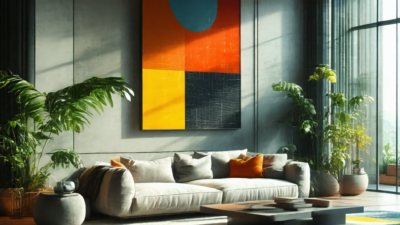Introduction: Smart Homes Shaping the Future of Living
Imagine walking into a home where every element adapts to your presence, from the lights dimming as you enter to the thermostat adjusting to your preferred temperature. This isn’t just a vision of the future; it’s happening now with smart home technology. In this blog post, we’ll explore how these innovations are transforming modern interior design.
The Integration of Smart Tech in Interior Design
Smart home technology is no longer an add-on but a core component of modern living spaces. Architects and designers are now prioritizing the integration of smart devices, creating environments that are both functional and aesthetically pleasing. The challenge lies in ensuring these technologies don’t disrupt the design’s integrity.
Key Innovations Shaping Modern Design
- Smart Lighting Systems: Adaptive lighting adjusts color temperature and brightness, enhancing mood and energy efficiency.
- Automated Climate Control: Smart thermostats learn your preferences, optimizing heating and cooling for comfort and savings.
- Integrated Security: From facial recognition locks to smart cameras, security is now seamless and user-friendly.
These technologies aren’t just about convenience; they redefine how we interact with our homes, making spaces more intuitive and responsive.
Trends in Smart Home Interior Design
The shift towards sustainability is a significant trend. Energy-efficient appliances and smart meters empower homeowners to monitor and reduce consumption effectively. Additionally, the rise of voice-controlled devices has made home automation more accessible than ever.
Design Considerations for Smart Homes
When integrating smart tech, it’s crucial to strike a balance between functionality and aesthetics. Hidden sensors and sleek designs ensure that technology remains invisible yet effective. Open floor plans are also gaining popularity, allowing seamless integration of devices across living areas.
Practical Tips for Incorporating Smart Tech
Start by identifying your priorities—whether it’s energy efficiency or enhanced security. Research compatible devices and consider hiring a professional to ensure seamless installation. Remember, the goal is to create a space that feels natural and intuitive.
Choosing the Right Devices
Invest in versatile systems like multi-functional hubs that control lighting, heating, and security from one interface. Look for brands with strong user reviews and reliable customer support to ensure long-term satisfaction.
The Future Outlook: What’s Next?
As technology advances, we can expect even greater integration of AI and machine learning in smart homes. Imagine a home that anticipates your needs before you do, creating a personalized experience that adapts to your lifestyle changes over time.
Predictions for the Next Decade
Experts predict the rise of fully automated homes with predictive maintenance and adaptive designs. Virtual assistants will become more sophisticated, offering tailored recommendations based on user behavior patterns.
Conclusion: Embracing the Smart Future
The fusion of smart home technology and modern interior design is redefining how we live. By embracing these innovations thoughtfully, we can create living spaces that are not only efficient but also beautiful and personalized. As technology evolves, our homes will continue to adapt, offering new possibilities for comfort and convenience.
For more insights into the latest trends in interior design, visit Architectural Digest.





